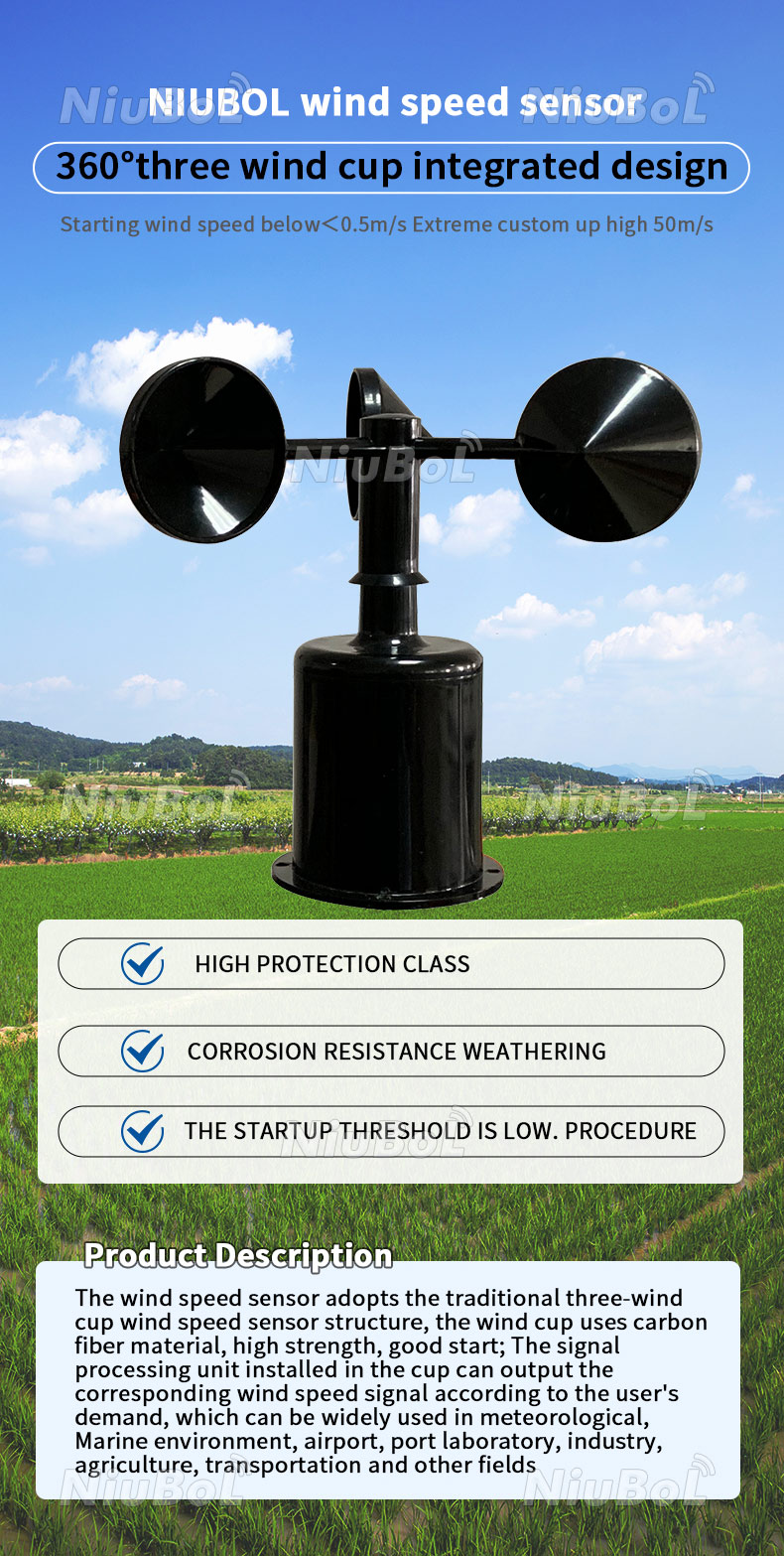Why an Anemometer is Crucial for Your Environmental Data Collection
Why an Anemometer is Crucial for Your Environmental Data Collection
Blog Article
Anemometers Revealed: Understanding Their Importance in Environmental Monitoring and Safety Measures
The function of anemometers in environmental monitoring and precaution is often undervalued, yet their relevance is indisputable. These instruments have a long history rooted in clinical inquiry and technological developments, developing to end up being necessary tools in various areas. From weather forecasting to air travel security, anemometers play a vital function in providing exact data that informs decision-making procedures and improves total security. Recognizing the details of anemometers introduces a globe of essential insights that are basic to our understanding of the atmosphere and the measures we take to make sure safety.
Background of Anemometers
The advancement of anemometers can be traced back to the ancient people where basic wind gauging gadgets were very first utilized. These early wind dimension tools laid the foundation for the growth of more advanced anemometers with time. One of the earliest known anemometers was the hemispherical cup anemometer designed by Leon Battista Alberti in the 15th century. This design consisted of 4 hemispherical cups that collected wind energy, supplying a dimension of its intensity based on the rate of rotation.
Over the years, advancements in technology led to the advancement of even more contemporary anemometers, including ultrasonic anemometers and laser Doppler anemometers, providing raised accuracy and performance in determining wind speed and instructions. The background of anemometers showcases a remarkable trip of technology and development in the field of weather forecasting.
Sorts Of Anemometers
Throughout the field of weather forecasting, various kinds of anemometers have actually been developed to precisely gauge wind speed and direction. Sonic anemometers make use of ultrasonic signals to determine wind rate and instructions accurately. Hot-wire anemometers run based on the concept that the cooling impact of wind on a warmed wire is proportional to the wind rate.
Applications in Meteorology
Having talked about the different kinds of anemometers made use of in meteorology for determining wind speed and direction, it is necessary to discover their practical applications in the field. Anemometers play a vital duty in weather forecasting by giving real-time and precise data on wind conditions (anemometer). Meteorologists use anemometers to check wind speed and direction to forecast climate patterns, concern cautions for extreme weather events like twisters, cyclones, and storms, and examine climatic conditions for aviation safety and security
In meteorology, anemometers assist in recognizing local and neighborhood wind patterns, which are essential for forecasting weather condition changes and identifying climatic fads. These gadgets are also used in study to study microclimates, metropolitan warmth islands, and air pollution diffusion. In addition, anemometers are employed in farming to enhance crop monitoring methods, such as watering and pesticide application, based upon wind problems.
Value in Air Travel Safety
An indispensable element of ensuring aeronautics safety depends on the careful surveillance of wind problems using anemometers. Anemometers play an essential duty in aviation by offering real-time data on wind speed and instructions, aiding pilots in making notified choices during trip, landing, and take-off. Strong and uncertain winds can substantially influence airplane procedures, making it vital for aeronautics authorities to rely upon precise wind dimensions to ensure the security of guests and staff.

In the dynamic this website setting of air travel, where also small changes in wind rate and instructions can have profound impacts, anemometers stand as indispensable tools for advertising safe and safe air travel.
Function in Environmental Study
How do anemometers add to innovations in environmental research study? Anemometers play a critical role in environmental research study by giving important information on wind rate and instructions. This details is vital for understanding numerous climatic procedures, such as air pollution dispersion, weather patterns, and climate change. By accurately measuring wind qualities, anemometers assist researchers assess the activity of pollutants airborne, examine the influence of commercial exhausts, and forecast the spread of impurities in the setting.


Verdict
In final thought, anemometers have actually played a vital function in ecological monitoring and safety and security actions. Comprehending the significance of anemometers is crucial for precisely gauging wind speed and instructions, which is crucial for predicting climate patterns, guaranteeing secure aviation procedures, and conducting ecological studies.
One of the earliest recognized anemometers was the hemispherical mug anemometer created by Leon Battista Alberti in the 15th century. Over the years, advancements in innovation led to the advancement of more contemporary anemometers, consisting of ultrasonic anemometers and laser Doppler anemometers, offering boosted accuracy and efficiency in gauging wind speed and direction. Hot-wire anemometers run based on the concept that the cooling effect of wind on a heated wire is symmetrical to Read More Here the wind speed. Meteorologists make use of anemometers to keep track of wind rate and instructions to forecast climate patterns, issue warnings for serious weather condition occasions like tornados, hurricanes, and tornadoes, and analyze climatic conditions for aviation security.
Recognizing the significance of anemometers is vital for precisely determining wind rate and instructions, which is crucial for predicting weather condition patterns, guaranteeing secure aviation operations, and carrying out environmental research studies. (anemometer)
Report this page